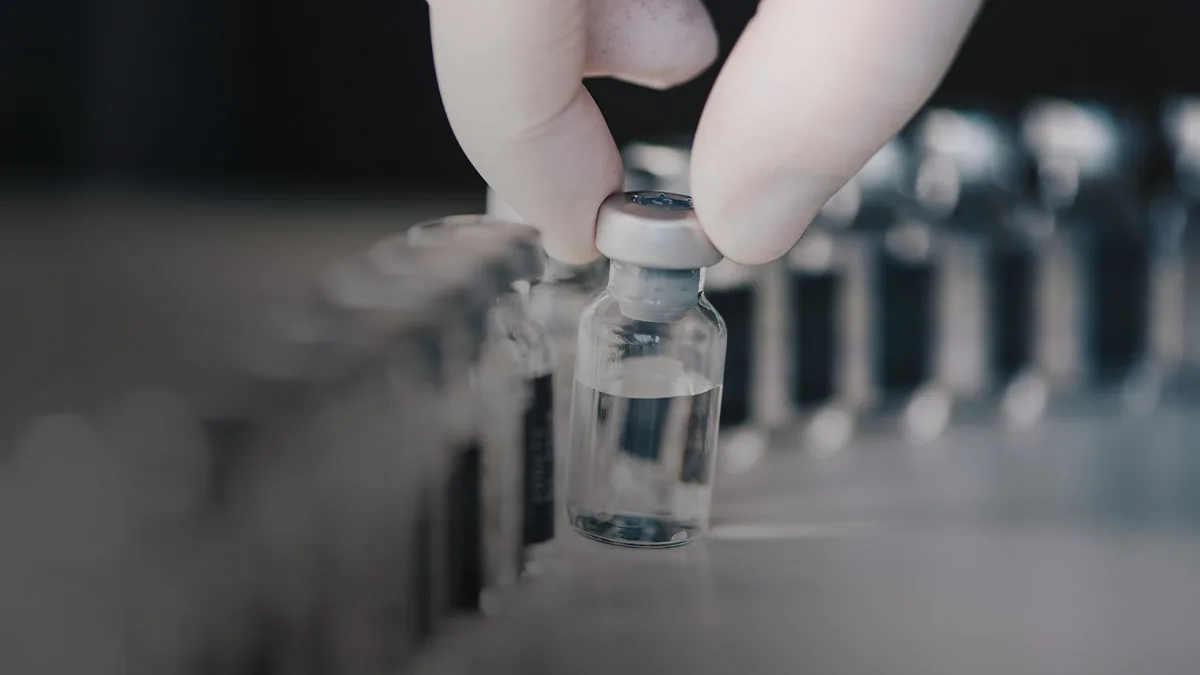September 19, 2024
Article
Eastern Equine Encephalitis: Tackling a Rare but Severe Disease

Overview
Increased Eastern equine encephalitis (EEE) cases in 2024, likely influenced by warmer weather, has led to public health warnings and actions.
EEE viral infections can cause severe neurological damage, with up 50 percent mortality
An increase in Eastern equine encephalitis (EEE) cases in 2024, likely influenced by warmer weather, has led to public health warnings and actions primarily in the eastern United States, with additional cases also reported in Canada and the Caribbean. Spread thru infected mosquito bites, the EEE virus can cause severe neurological damage and its infections are fatal 30 to 50 percent of the time among patients who develop symptoms s. No protective vaccine for EEE exists and treatment options are limited.
Although the incidence of EEE is low, with an average of 11 cases reported annually in the US, outbreaks can be sudden and fatal. As of Sept. 10, 2024, the CDC has received reports of eight people with severe EEE infections across five states.
Symptoms and Clinical Presentation
Symptoms of EEE usually appear four to 10 days after a bite from an infected mosquito. Initially, patients may experience fever, headache, and chills, which can escalate to encephalitis, causing disorientation, seizures, coma, and potentially death. Survivors often face long-term neurological complications. Currently, healthcare providers manage EEE with supportive care, as no specific antiviral treatments exist. This care includes hospitalization, respiratory support, and efforts to reduce brain swelling.
Transmission and Prevention
Mosquitoes primarily transmit EEE to horses and occasionally to humans. The National Institutes of Health (NIH) noted that EEE can be transmitted through the air by aerosol droplets and cause infection in humans under certain laboratory conditions. NIH classified EEV [as well as western equine encephalitis (WEE) virus and Venezuelan equine encephalitis (VEE) virus] as priority pathogens, “potential biological agents that pose a risk to national security and public health.” While a vaccine is available for horses, developed by Merck under the brand PRESTIGE®, no human vaccine has received approval yet.
Mosquito Mitigation Efforts
Effective mosquito mitigation is crucial for reducing the risk of EEE. Public health agencies and local governments implement several strategies to manage mosquito populations and minimize EEE risk:
Eliminating Standing Water: Mosquitoes breed in standing water. Regularly emptying and cleaning containers like bird baths, buckets, and gutters help reduce mosquito breeding sites.
Larviciding: Public health agencies use larvicides to target mosquito larvae in water sources that cannot be easily eliminated. These products kill mosquito larvae before they mature into adults.
Adult Mosquito Control: Fogging or spraying insecticides can reduce adult mosquito populations. Agencies use these methods during outbreaks or in areas with high mosquito activity.
Public Education: Educating the public about mosquito bite prevention and the importance of reducing mosquito habitats increases community participation in mitigation efforts.
Climate change affects mosquito habitats, potentially increasing the risk of EEE. Warmer temperatures and increased precipitation contribute to larger mosquito populations and a broader range of mosquito-borne diseases. This shift could lead to more frequent EEE outbreaks in previously unaffected areas.
Future Directions
Developing an effective EEE vaccine faces challenges such as the sporadic nature of outbreaks, the disease’s low incidence, and the high costs of vaccine development and FDA approval. However, NIH researchers reported that a vaccine candidate used proteins from the outer shells of the EEE, WEE, and VEE viruses to prompt immune responses in a Phase 1 clinical trial.
Also, the NIH has executed a commercialization license with Emergent BioSolutions to advance the development of the “WEVEE” vaccine candidate. Funding for manufacturing the WEVEE clinical trial material and pre-clinical studies is partly funded by an Interagency Agreement between NIH and the US Department of Defense.






